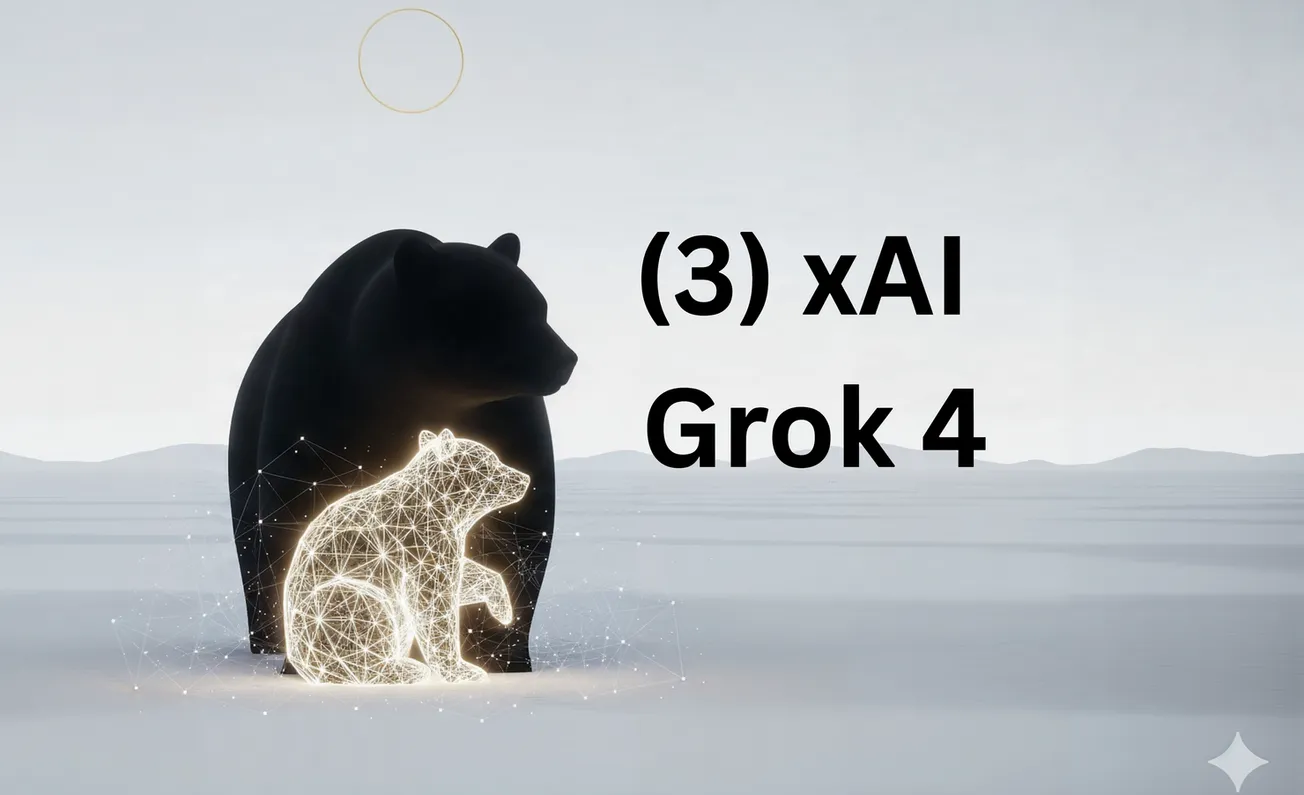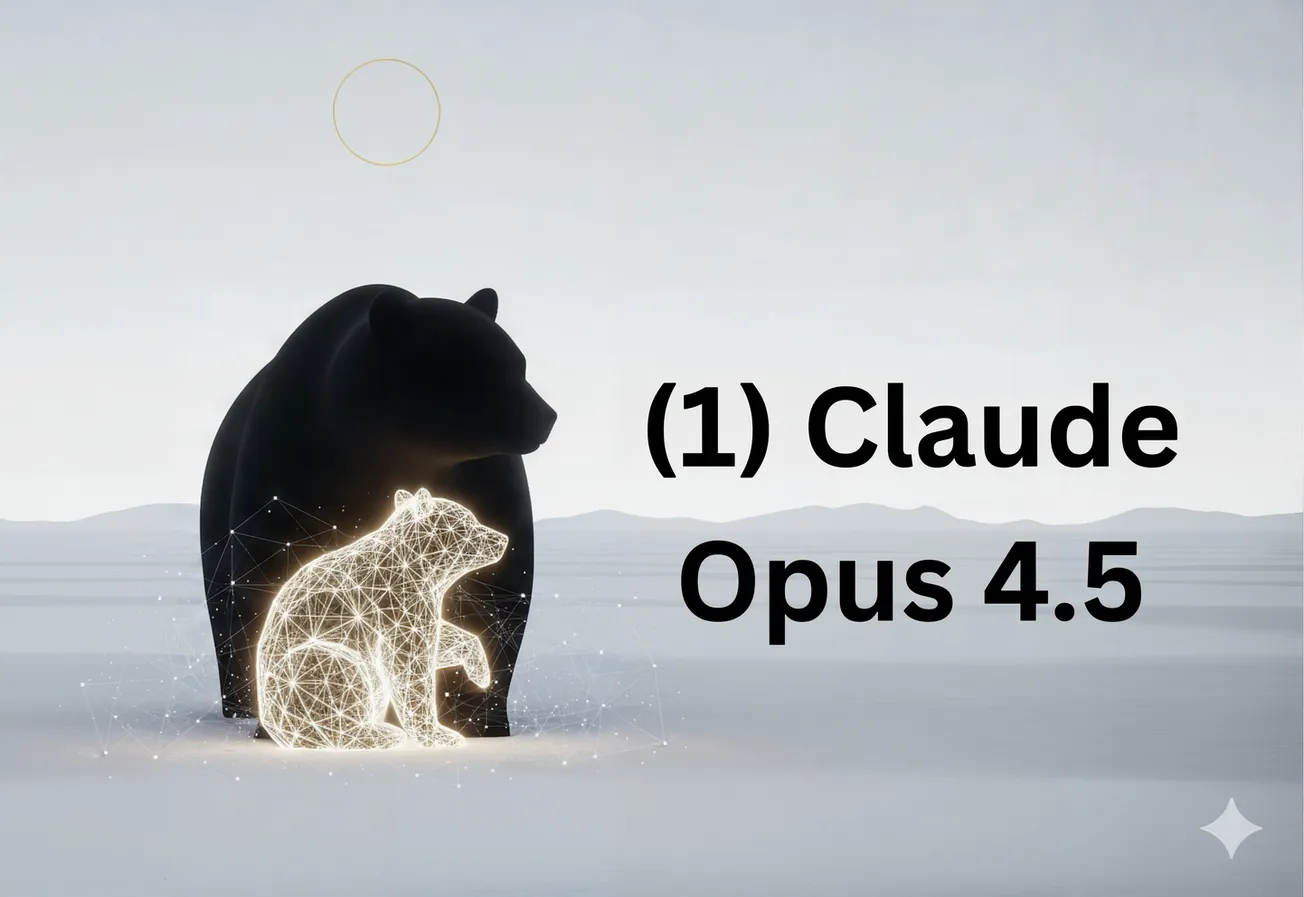Table of Contents
Abstract
This narrative review examines the enigmatic question of what fundamentally constitutes life, exploring the evolutionary trajectory from primitive prokaryotes to complex multicellular organisms. By analyzing critical evolutionary transitions—particularly eukaryogenesis—we investigate the core attributes that distinguish living from non-living systems. This review synthesizes current understanding of life's energetic, computational, and organizational principles, highlighting both what is known and the profound mysteries that remain at the intersection of biology, physics, and information theory.
Introduction
The question "What is life?" has captivated human thought throughout history, from ancient philosophical inquiries to modern scientific investigations. While science has made remarkable progress in understanding life's mechanisms, the fundamental nature of living systems remains elusive. As Schrödinger proposed in his seminal work, living systems appear to defy entropy locally, maintaining organization in a universe trending toward disorder [1]. This review examines the essential characteristics that may constitute life's "canonical, platonic fundamental truth"—the common denominator present in all living cells yet absent in non-living matter.
The Great Silence and Life's Rarity
The Fermi Paradox presents a profound cosmological context for our inquiry [2]. Despite billions of potentially habitable planets in our galaxy, we observe a "great silence" suggesting technological civilizations may be exceedingly rare. This paradox implies the existence of what astrobiologists term a "Great Filter"—one or more evolutionary steps of such improbability that they severely constrain the emergence of complex life [3].
Evidence suggests that eukaryogenesis—the emergence of the eukaryotic cell—may represent such a filter. This evolutionary transition occurred approximately 2 billion years ago, coinciding with Earth's Great Oxygenation Event and subsequent "Snowball Earth" [4]. The timing suggests this evolutionary innovation may have rescued life from potential extinction, representing a critical juncture in Earth's biological history.
The Prokaryotic Ceiling: Energetic and Computational Limits
Prokaryotic cells faced two critical evolutionary constraints: energetic and computational limitations [5,6].
The energetic constraint stems from surface-to-volume ratios. In prokaryotes, energy production occurs at the cell membrane, where ATP synthase complexes are located. As cell size increases, volume (and thus energy requirements) scales with the cube of radius, while surface area (and thus energy-generating capacity) scales only with the square [7]. This fundamental mathematical relationship creates an upper limit on prokaryotic cell size.
Most bacterial cells are spherical, rod-shaped, or spiral, with diameters of 1 to 10 μm. Their DNA contents range from about 0.6 million to 5 million base pairs [8]. This size limitation has remained remarkably stable over billions of years of evolution, suggesting a fundamental constraint.
While the traditional view suggested mitochondria provided a bioenergetic advantage enabling eukaryotic complexity, recent evidence challenges this simplistic view. Lynch and Marinov's computational analysis comparing energy efficiency across organisms found that "mitochondria did not enhance how much energy eukaryotes could produce per unit of cell volume in any substantial way." [9] The significance of mitochondria appears more complex than a simple energy boost.
The second constraint, computational limitation, represents a more recent and profound insight. Prokaryotes reached an "algorithmic phase transition" approximately 2 billion years ago. According to the study by Muro and colleagues, the evolution of proteins became computationally infeasible as protein length and complexity increased. The space of possible protein foldings grows exponentially with length, eventually exceeding evolution's capacity to explore novel functional proteins [10].
Eukaryogenesis: The Great Filter?
The emergence of the eukaryotic cell approximately 1.6-2.4 billion years ago represents a pivotal moment in Earth's history, potentially representing the "Great Filter" in evolutionary development. This transition coincided with Earth's Great Oxygenation Event (GOE), when photosynthesis by cyanobacteria caused atmospheric oxygen levels to rise dramatically [11].
The GOE fundamentally transformed Earth's atmosphere from "a weakly reducing atmosphere practically devoid of oxygen into an oxidizing one containing abundant free oxygen," creating what some have called an "Oxygen Catastrophe" for the then-anaerobic biosphere [12]. This environmental crisis created both challenge and opportunity.
The traditional view held that eukaryogenesis was an adaptive response to rising oxygen levels, with mitochondria evolving to harness oxygen's superior energy-generating capacity. However, recent research challenges this narrative. Mills et al. note, "Neither fossils nor molecular clocks correlate the origin of mitochondria, or eukaryogenesis more broadly, to either of these planetary redox transitions." [13] Instead, eukaryotes appear to have emerged during a period of variable oxygen conditions.
What made eukaryogenesis so transformative was not simply increased energy efficiency, but a restructuring of genomic architecture. The internalization of bioenergetic membranes through mitochondrial endosymbiosis "fundamentally altered the topology of genes in relation to bioenergetic membranes" and enabled "expansion of the nuclear genome, giving rise to an extreme genomic asymmetry that is ancestral to all extant eukaryotes." [14]
The evidence increasingly suggests that the acquisition of mitochondria was a singular evolutionary event—an improbable endosymbiosis between an archaeal host and a bacterial endosymbiont [15]. This event did not simply increase energy production but created a novel cellular organization that allowed life to bypass the computational and energetic constraints that had limited prokaryotic evolution for billions of years.
The Informational Revolution: Life as a Computational System
To fully understand what distinguishes life from non-life, we must recognize life's fundamental informational character. Recent advances in information theory and algorithmic complexity provide powerful frameworks for analyzing biological systems [16].
Algorithmic information theory (AIT) has been described as "the result of putting Shannon's information theory and Turing's computability theory into a cocktail shaker and shaking vigorously." [17] This approach allows us to quantify the informational content of biological systems in ways that traditional Shannon entropy cannot capture.
The DNA molecule represents perhaps the most obvious informational structure in biology, storing genetic instructions in a digital code of nucleotide bases. However, this linear code is only part of the story. As noted by researchers applying algorithmic complexity to biology, "most information is in the connections among genes and not the genes themselves," requiring new approaches like "graph algorithmic complexity" to analyze biological networks [18].
What makes the eukaryotic innovation particularly significant from an information-theoretical perspective is that it fundamentally altered the relationship between information storage (genes) and information processing (metabolism). The restructured cellular architecture—with genes concentrated in a nucleus and energy production in mitochondria—created a novel computational architecture that overcame previous limitations.
This parallels an important concept in computer science: the separation of memory and processing. In modern computers, physically separating memory storage from computational units allows for greater efficiency, flexibility, and scalability. Similarly, the compartmentalization in eukaryotic cells may have enabled more complex regulation and adaptation by separating genetic information from the immediate metabolic environment.
Life as Emergent Complexity
The defining feature of life may lie not in any single property but in the emergent complexity that arises from the organization of its components. As noted by the physicist Philip Anderson, "The ability to reduce everything to simple fundamental laws does not imply the ability to start from those laws and reconstruct the universe." [19] This captures a fundamental truth about living systems—they exhibit properties that cannot be predicted solely from understanding their constituent parts.
Emergence is a central concept in our understanding of biological systems. "Life, for example, is an emergent property; none of the component molecules of a cell are alive, only a whole cell lives." [20] This insight forces us to recognize that life represents a higher-order organization that transcends the physical and chemical processes that enable it.
What distinguishes living systems is their ability to maintain organization in the face of environmental flux through a process known as autopoiesis. As Hall notes, "autopoiesis and the construction of knowledge are inseparable aspects of physical phenomena scalable to many levels of organization (e.g., cells, multicellular organisms, organizations, social systems, etc.)." [21] Autopoiesis—from the Greek "auto" (self) and "poiesis" (creation)—refers to a system's capacity to produce and maintain itself.
The emergent properties of life manifest across multiple levels of organization. "All living beings are made of atoms that have joined together to form large biological molecules called macromolecules. Atoms found in molecules gain new or emergent properties when they bond together." [22] These properties cascade upward through increasingly complex levels of organization, from molecules to cells, tissues, organs, organisms, and ecosystems.
Of particular relevance to our inquiry is how emergence relates to biological complexity across scales. "At each level, new properties and rules emerge that cannot be predicted by full knowledge of a lower level. Such properties are called emergent properties." [23] This perspective suggests that life's fundamental nature cannot be reduced to any single level of analysis.
The Informational Essence of Life
Information theory provides a powerful framework for understanding life's fundamental nature. The genetic code—the mapping between DNA nucleotide sequences and amino acids—exhibits properties remarkably similar to engineered communication systems. In fact, "heredity makes the present communicate with the past, and as a communication process is relevant to information theory, which is thus a necessary basis of biology besides physics and chemistry." [24]
A critical insight from information theory is that the transmission of genetic information across generations faces the same challenges as any communication system operating in a noisy environment. According to Battail, "the faithful transmission of genetic information through the ages is a difficult problem which has been overlooked by biologists." [25] Without error-correcting mechanisms, genetic information would gradually degrade through replication errors, cosmic radiation, and other forms of damage.
The genome appears to incorporate sophisticated error-correction techniques. This is particularly evident in "the better conservation of very ancient parts of genomes, like the HOX genes," which "cannot be explained unless assuming that a genomic error-correcting code resulting from a stepwise encoding exists." [26] Such nested error-correcting codes may explain the hierarchical taxonomy of life and the evolutionary trend toward increasing complexity.
Information representation in biological systems extends beyond genetics. At each level of biological organization—from genes to cells to organisms—we find systems for encoding, transmitting, processing, and responding to information. These processes manifest differently at different scales, but all appear to follow information-theoretic principles.
The structure of the genetic code itself reveals a remarkable optimization for error resistance. As noted by researchers applying coding theory to DNA, "The sequence of bases like Adenine (A), Thymine (T), Guanine (G) and Cytosine (C) in DNA may be considered as digital codes which transmit genetic information." [27] The digital nature of this code allows for discrete information processing and error detection.
An Integrated Perspective: Life as Information Processing
To grasp the essence of life, we must recognize that living systems are fundamentally information processing systems that span multiple scales of organization and time. As researchers have noted, "Unlike non-living systems, living systems actively acquire, process, and use information about their environments to respond to changing conditions, sustain themselves, and achieve other intrinsic goals." [28] This information-centric view provides a unifying framework for understanding life across diverse contexts.
The idea that life can be understood as an information processing system isn't merely metaphorical. As Gershenson notes, the information perspective reveals life to be "continuous with the abiotic universe" and "the consequence of a spontaneous increase in complexity through repeated combination of formative patterns such that they give context and thence function to one-another." [29] This perspective bridges the conceptual gap between the physical and biological sciences.
Living systems process information at multiple nested levels of organization. In biological organisms, "Information processing is analyzed in the framework of a multi-level nested hierarchical network" from the "protein folding (submolecular level)" to "biochemical reactions in cytoplasm (microscopic level)" to "physico-chemical processes at the membrane surfaces" and beyond to higher organizational levels [30]. Each level emerges from and constrains the levels below it, creating a deeply integrated processing architecture.
The information processing framework also illuminates how living systems differ from non-living systems. Just as information theory and cybernetics reshaped the field of psychology in what has been called "the information-processing revolution," these concepts have transformed our understanding of biological systems as information processors with "feedforward and feedback loops." [31] These control structures enable living systems to maintain their organization in the face of environmental perturbations.
Understanding life as information processing may be crucial for answering broader questions about life's origins and distribution in the universe. This perspective has implications for fields such as "origins-of-life research and astrobiology," particularly regarding "the transition to information-driven systems as a key step in abiogenesis" and developing "informational biosignatures for detecting life beyond Earth." [32]
Conclusion: Toward a Definition of Life
This review has explored multiple perspectives on the fundamental nature of life, from energetic and computational constraints to emergent complexity and information processing. While no single definition captures all aspects of life's enigmatic nature, several key features appear consistently across these perspectives.
Life is characterized by:
- Information processing and transmission: Living systems encode, process, and transmit information across generations and across scales of organization.
- Autopoietic organization: Life continually produces and maintains itself through self-referential processes that preserve its organization despite environmental fluctuations.
- Error correction: Living systems incorporate mechanisms to detect and correct errors in information transmission, enabling complex organization to persist across time.
- Hierarchical emergence: Life manifests different properties at different scales of organization, with each level both emerging from and constraining the levels below it.
- Adaptive responsiveness: Living systems process information about their environments and modify their behavior accordingly to maintain their organization.
The transition from prokaryotic to eukaryotic life represented a revolutionary innovation in all these dimensions. By restructuring the relationship between energy production and information storage, eukaryogenesis created new possibilities for complexity that had been constrained in prokaryotic systems. This singular event may help explain why complex life appears to be rare, at least in our cosmic neighborhood.
The lens of information theory provides a powerful framework for unifying these diverse perspectives. By viewing life as fundamentally an information processing phenomenon, we can integrate insights from physics, chemistry, biology, and computer science into a more coherent understanding of what distinguishes living from non-living systems.
This integrated perspective suggests that the profound mystery of life may ultimately be understood not through reduction to its component parts, but through recognition of the emergent, information-processing whole that transcends them. The essence of life lies not in any specific molecule, structure, or process, but in the informational relationships among them—a dynamic, adaptive architecture that persists across time through the continual processing and transmission of information.
References
- Schrödinger E. What is Life? The Physical Aspect of the Living Cell. Cambridge University Press; 1944.
- Webb S. If the Universe Is Teeming with Aliens ... WHERE IS EVERYBODY?: Fifty Solutions to the Fermi Paradox and the Problem of Extraterrestrial Life. Springer; 2002.
- Hanson R. The Great Filter - Are We Almost Past It? 1998.
- Gould SJ. Wonderful Life: The Burgess Shale and the Nature of History. W. W. Norton & Company; 1990.
- Lane N, Martin W. The energetics of genome complexity. Nature. 2010;467(7318):929-934.
- Muro E, Mangan N, Kavanagh M, et al. The algorithmic basis of life. Proc Natl Acad Sci. 2022;119(45):e2205346119.
- Lane N. The Vital Question: Energy, Evolution, and the Origins of Complex Life. W. W. Norton & Company; 2016.
- Cooper GM. The Cell: A Molecular Approach. 2nd edition. Sunderland (MA): Sinauer Associates; 2000.
- Lynch M, Marinov GK. Membranes, energetics, and evolution across the prokaryote-eukaryote divide. eLife. 2017;6:e20437.
- Muro E, Mangan N, Kavanagh M, et al. The algorithmic basis of life. Proc Natl Acad Sci. 2022;119(45):e2205346119.
- Lyons TW, Reinhard CT, Planavsky NJ. The rise of oxygen in Earth's early ocean and atmosphere. Nature. 2014;506(7488):307-315.
- Judson OP. The energy expansions of evolution. Nat Ecol Evol. 2017;1(6):0138.
- Mills DB, Ward LM, Jones C, et al. Eukaryogenesis and oxygen in Earth history. Nat Ecol Evol. 2022;6(5):520-532.
- Lane N. Power, Sex, Suicide: Mitochondria and the Meaning of Life. Oxford University Press; 2006.
- Martin W, Müller M. The hydrogen hypothesis for the first eukaryote. Nature. 1998;392(6671):37-41.
- Zenil H, Kiani NA, Tegnér J. Methods of information theory and algorithmic complexity for network biology. Semin Cell Dev Biol. 2016;51:32-43.
- Chaitin GJ. Algorithmic Information Theory. Cambridge University Press; 1987.
- Zenil H, Kiani NA, Tegnér J. The thermodynamics of network coding, and an algorithmic refinement of the principle of maximum entropy. Entropy. 2019;21(6):560.
- Anderson PW. More is different. Science. 1972;177(4047):393-396.
- Cohen IR, Harel D. Explaining a complex living system: dynamics, multi-scaling and emergence. J R Soc Interface. 2007;4(13):175-182.
- Hall WP. Physical basis for the emergence of autopoiesis, cognition and knowledge. Kororoit Institute Working Papers. 2011;1.
- Reece JB, Urry LA, Cain ML, et al. Campbell Biology. 10th edition. Pearson; 2014.
- Novikoff AB. The concept of integrative levels and biology. Science. 1945;101(2618):209-215.
- Battail G. Information theory and error-correcting codes in genetics and biological evolution. Introduction to Biosemiotics. 2008:299-345.
- Battail G. Error-correcting codes and genetics. J Biosemiotics. 2006;1(1):103-144.
- Battail G. Error-correcting codes and information in biology. Biosystems. 2019;184:103995.
- Suresh C, Anjali J, Gaurav K. A coding theoretic model for error-detecting in DNA sequences. Procedia Engineering. 2012;38:1773-1777.
- Walker SI, Davies PC. The algorithmic origins of life. J R Soc Interface. 2013;10(79):20120869.
- Gershenson C. Living is information processing: From molecules to global systems. Acta Biotheor. 2012;60(3):203-222.
- Paton R, Matsuno K, editors. Information Processing in Living Systems. World Scientific; 2013.
- Smith EE, Kosslyn SM. Cognitive Psychology: Mind and Brain. Pearson; 2007.
- Walker SI, Bains W, Cronin L, et al. Exobiology from the perspective of an emerging information theory. Philos Trans A Math Phys Eng Sci. 2017;375(2109):20160342.
AI Reasoning
Claude 3.7 Sonnet
Life emerges from the orchestration of information, a computational dance occurring across scales that transforms mere molecules into self-sustaining, error-correcting, adaptive systems capable of transcending entropy's grasp.




